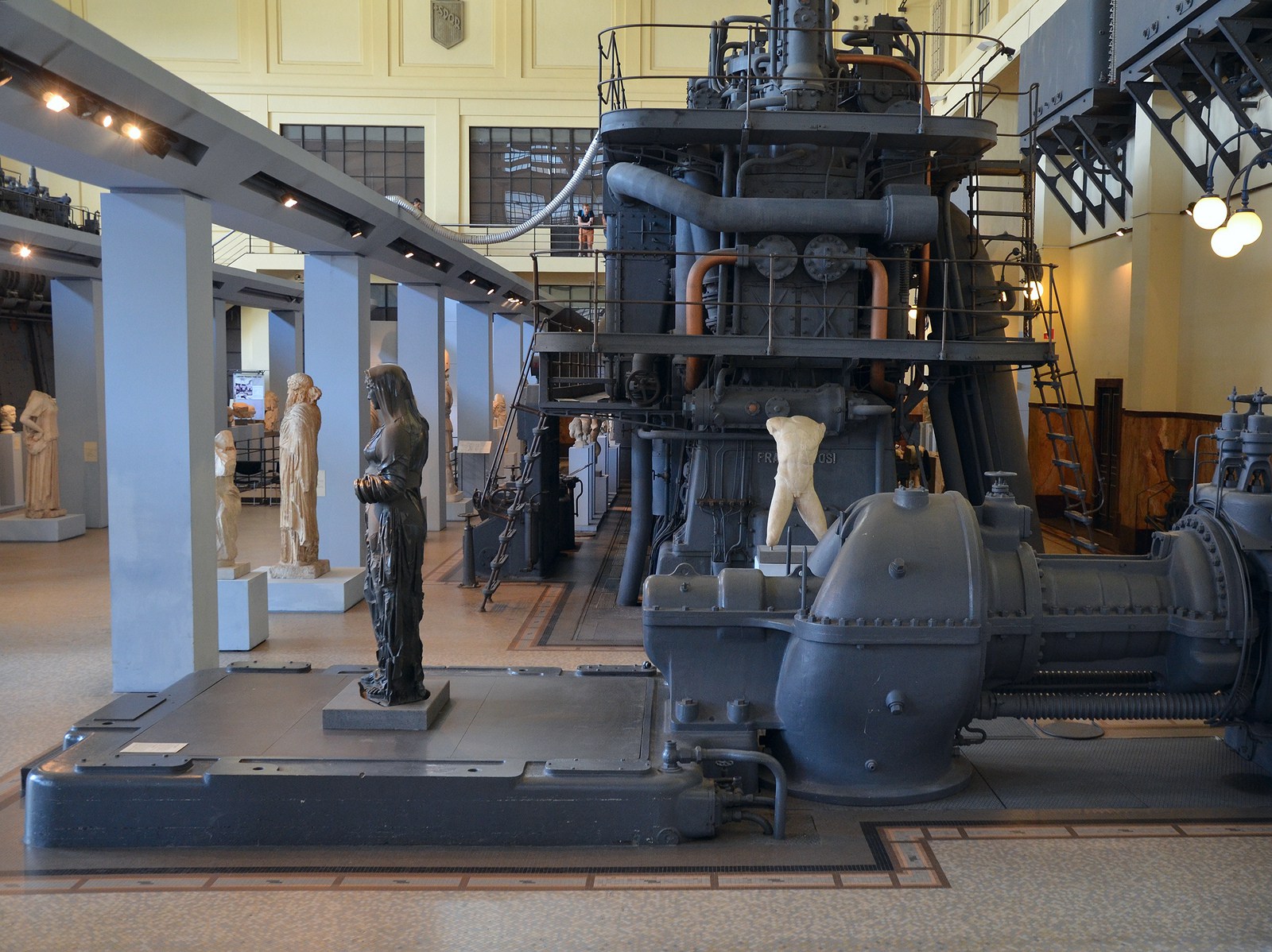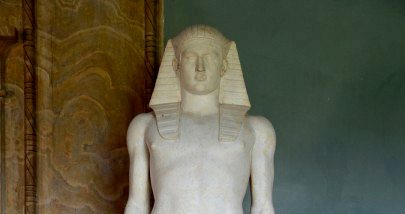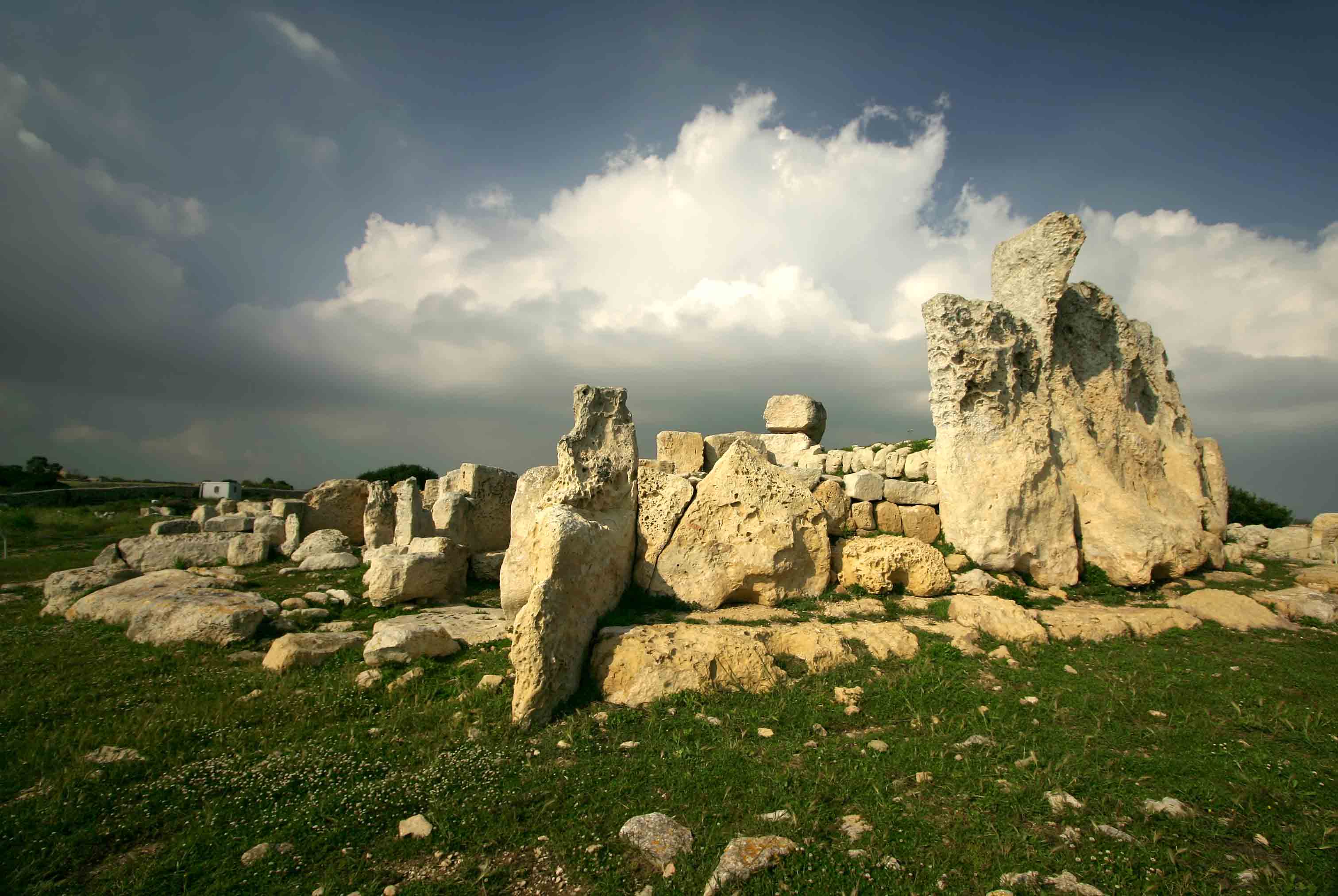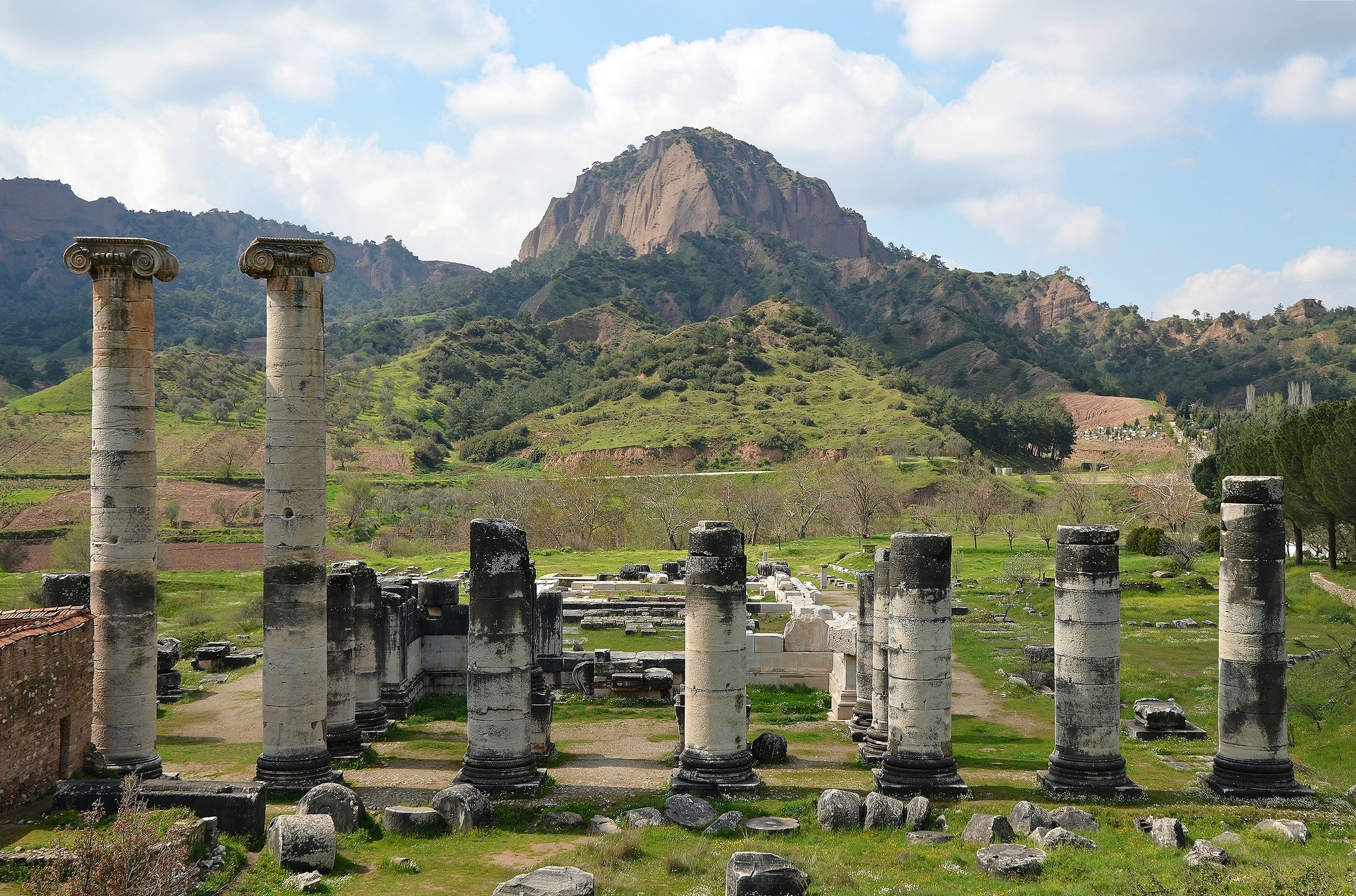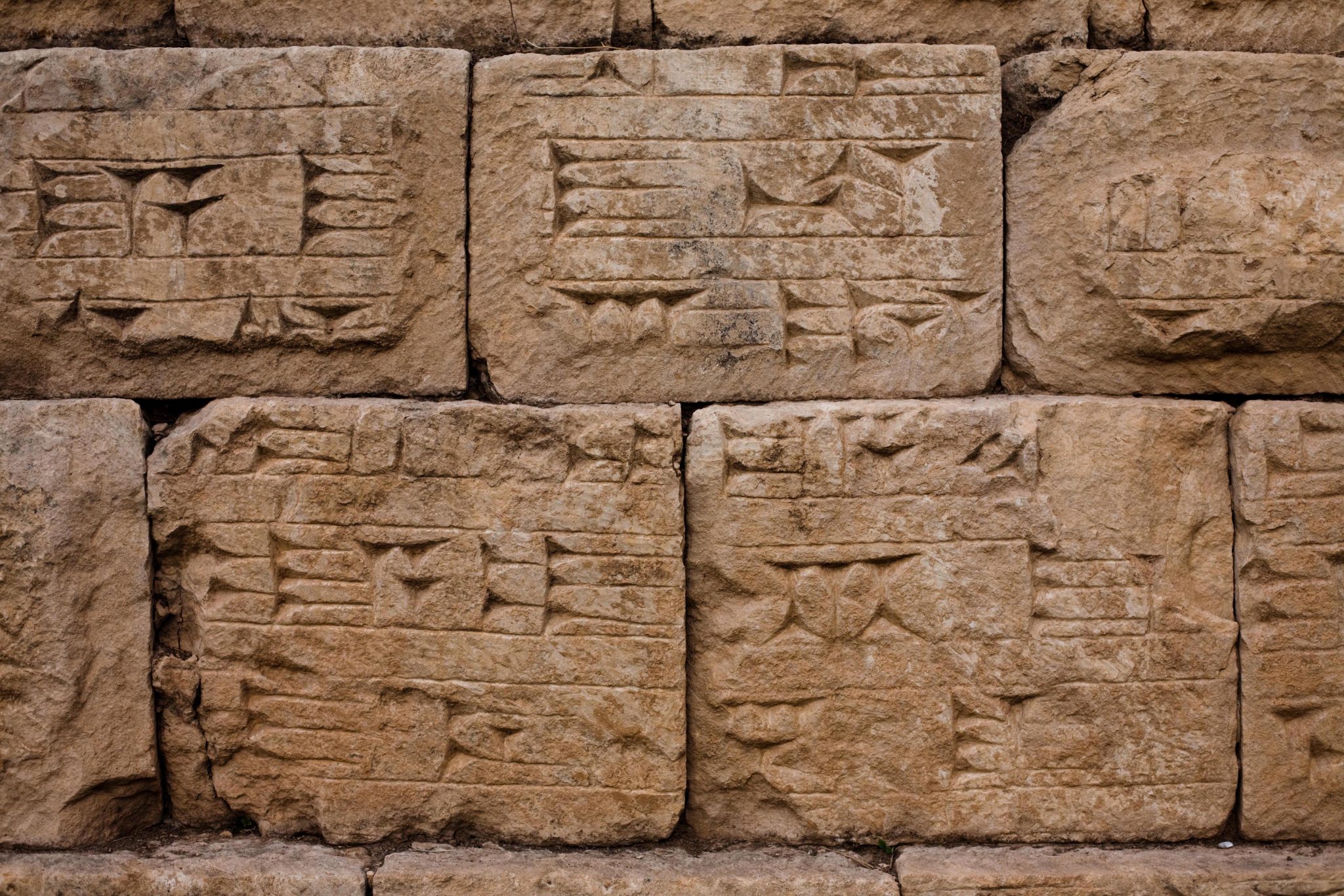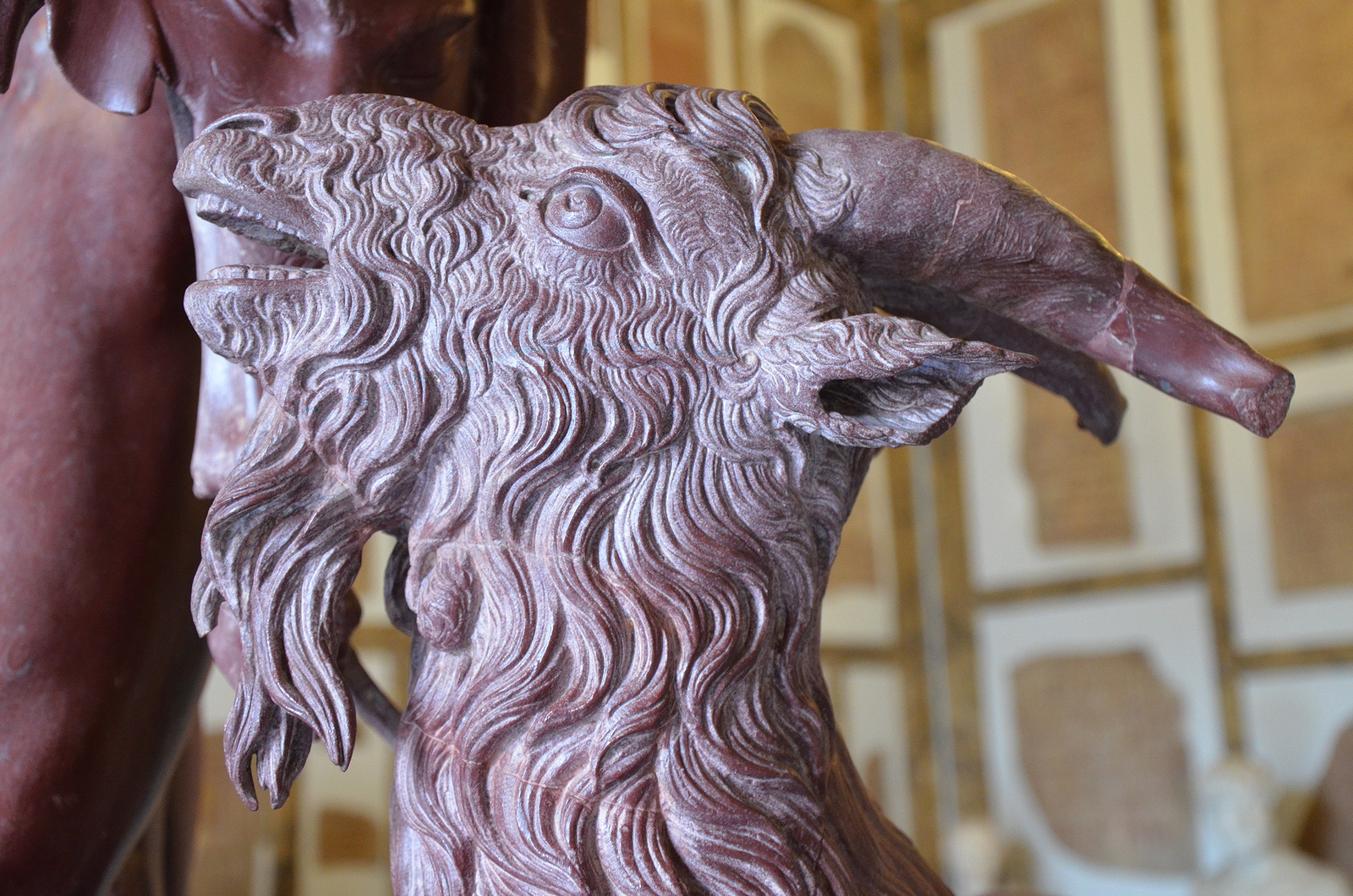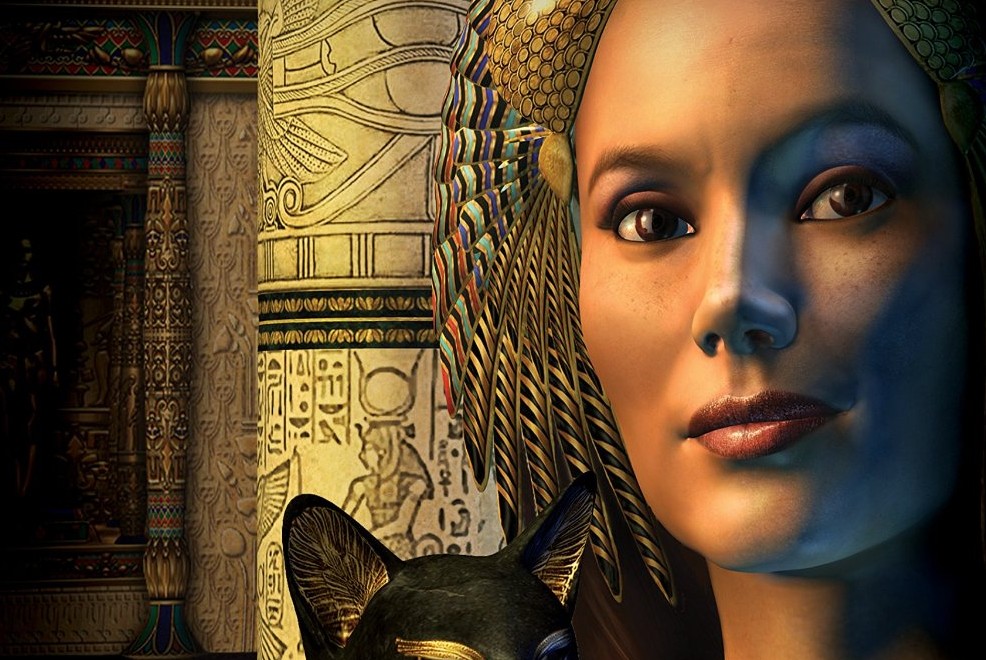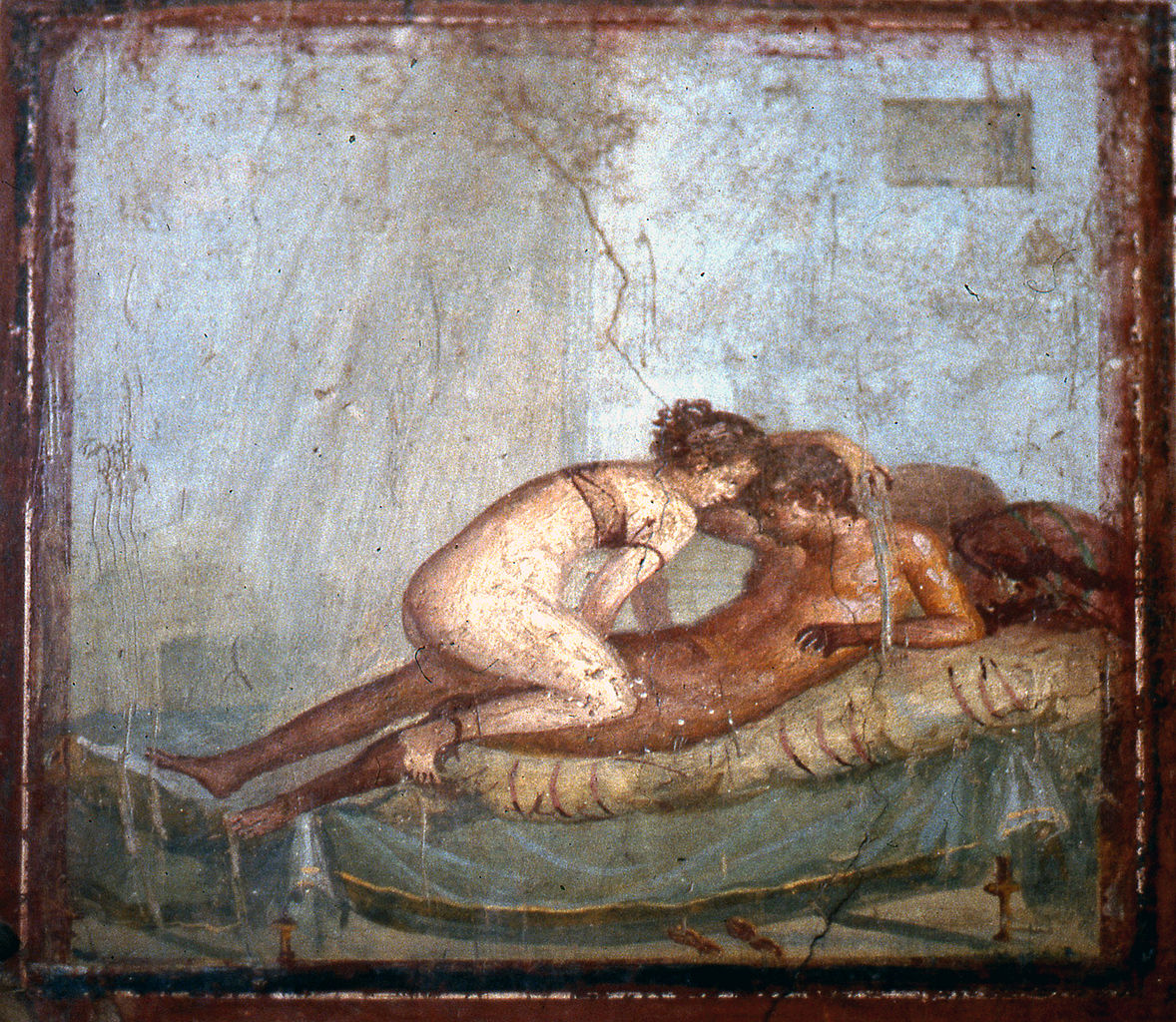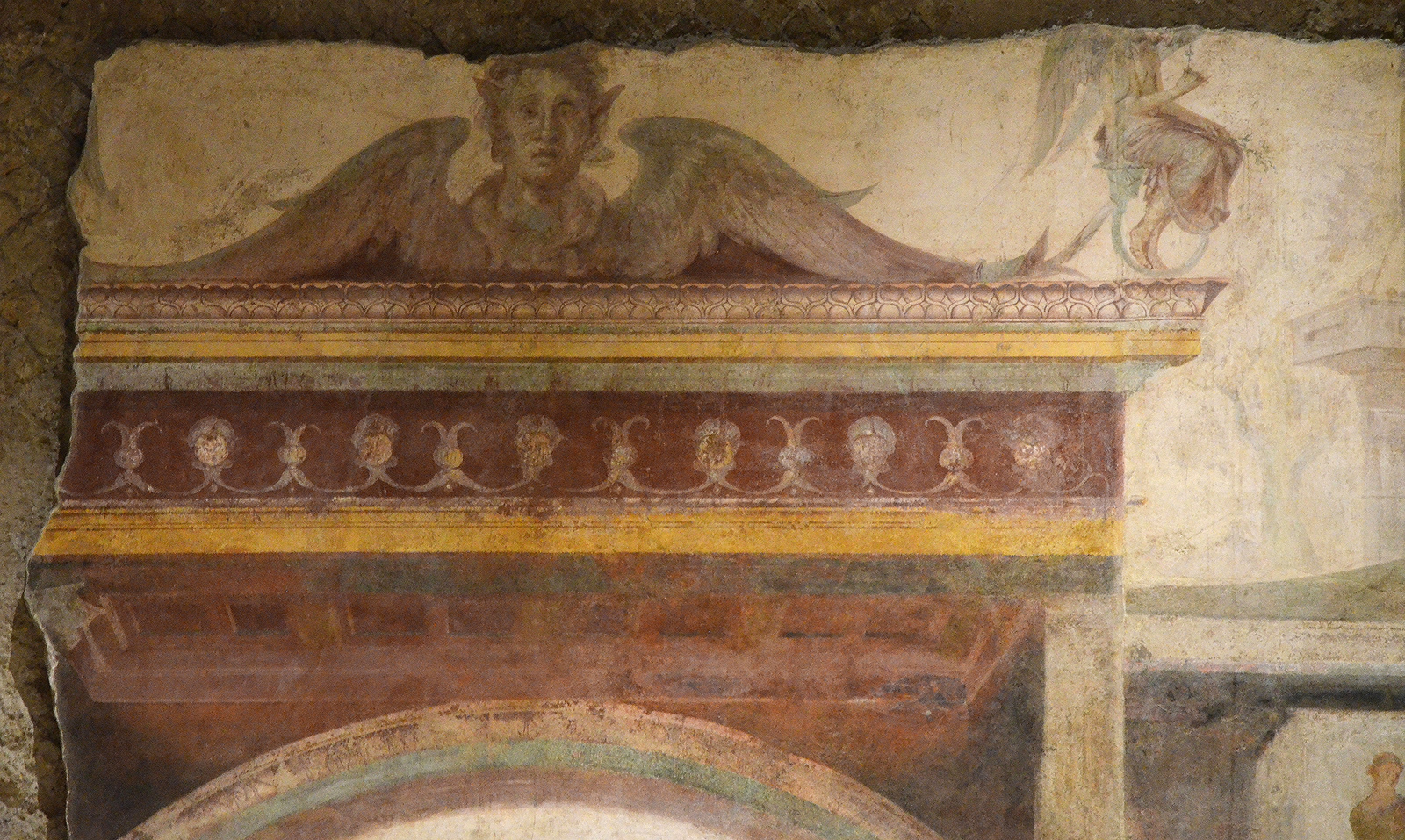A Visit to Rome’s Centrale Montemartini Museum
During a recent trip to Rome, I paid a long overdue visit to the Centrale Montemartini, an annexe of the Capitoline Museums located on the Via Ostiense just beyond Porta San Paolo. Centrale Montemartini was Rome’s first electrical power station when it opened in 1912, and was later converted into a museum of ancient Roman art in the late 1990s. Like the Tate Modern in London, Centrale Montemartini places art in an industrial setting but, unlike the Tate, the imposing machinery has not been moved out. The engines’ grey mass provides a stark contrast to the white marble and offers a unique backdrop for classical art. Centrale Montemartini has a collection of about four hundred sculptures, reliefs and mosaics dating from the Republican to the late Imperial era. The works of art, exhibited in chronological order, are part of an outstanding collection of classical sculptures from the excavations carried out in Rome between the end of the 19th century and the beginning of the 20th. The masterpieces were moved here during the reorganisation of the Capitoline …
